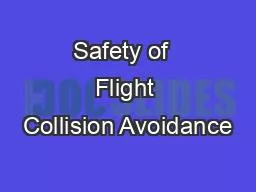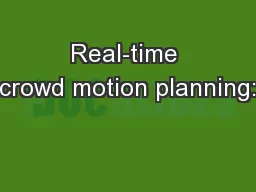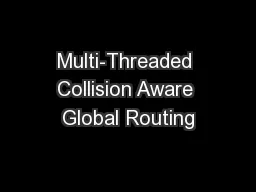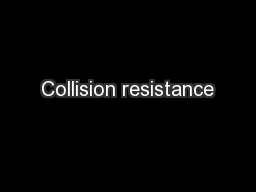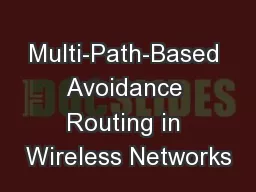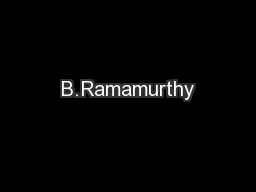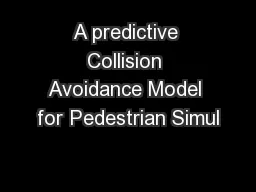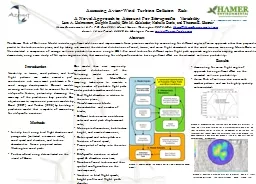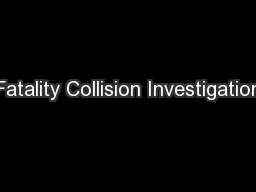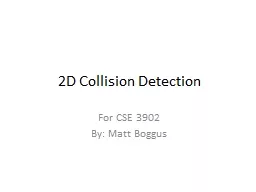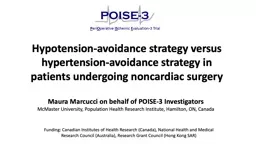PPT-Safety of Flight Collision Avoidance
Author : dudeja | Published Date : 2020-08-26
Majority of midair collisions occur with 5 miles of the airport during the day in VFR conditions Visual scanning Use a series of short regularly spaced eye movements
Presentation Embed Code
Download Presentation
Download Presentation The PPT/PDF document "Safety of Flight Collision Avoidance" is the property of its rightful owner. Permission is granted to download and print the materials on this website for personal, non-commercial use only, and to display it on your personal computer provided you do not modify the materials and that you retain all copyright notices contained in the materials. By downloading content from our website, you accept the terms of this agreement.
Safety of Flight Collision Avoidance: Transcript
Download Rules Of Document
"Safety of Flight Collision Avoidance"The content belongs to its owner. You may download and print it for personal use, without modification, and keep all copyright notices. By downloading, you agree to these terms.
Related Documents

